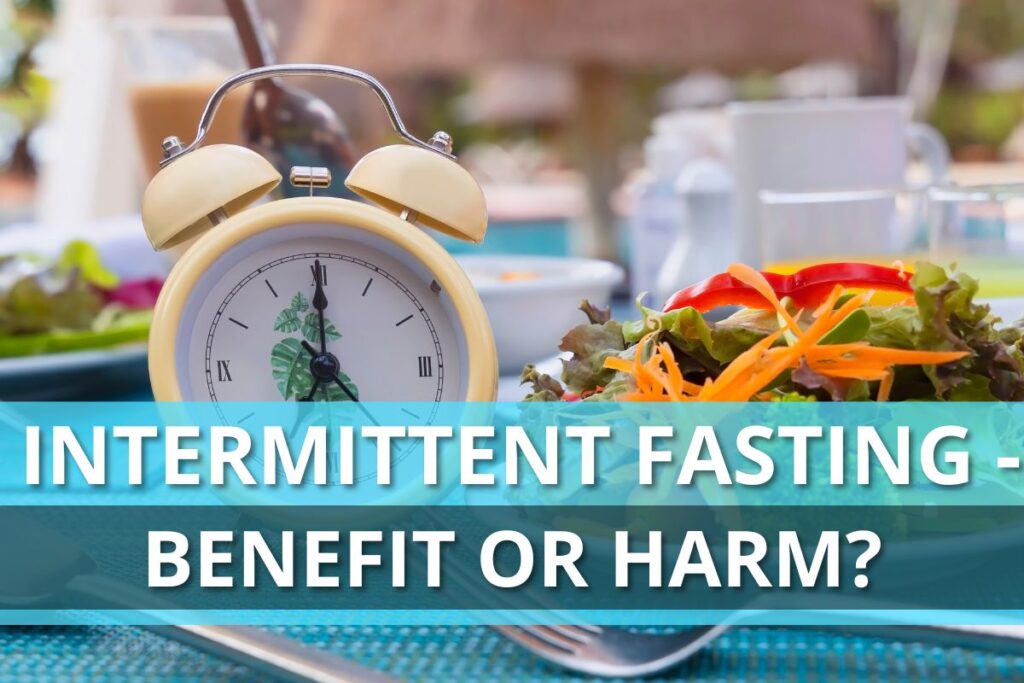Intermittent Fasting – Benefit Or Harm?
Author:
Unlock your full potential by engaging with our experts and community! Have questions about your fitness journey or looking for expert advice on weightlifting techniques? Don’t hesitate — leave a comment below and Sergii Putsov will provide a personalized answer and insights to help you reach your goals.
Torokhtiy is reader-supported. Some links are affiliate links, and we may earn a commission at no extra cost to you. See our disclosure page for details.

Intermittent fasting is a special “dietetic” nutrition, when food enters the body during a certain time and the person does not eat anything at all for the remaining hours of the day. The most common time interval is considered to be 16/8, that is 16 hours without food and food must be taken during the next 8 hours.
The technique works on the autophagy mechanism. It is an organism self purifying process done at the cellular level during the fasting.
Unfortunately, most people, including athletes, have a wrong idea about nutrition in general. Many people use the so-called “fractional” diet, eating every 3 hours starting at 8 am and ending at 8-9 pm. But our body works differently: in order for food to be well absorbed and to support all the functionality of organs and muscles, we need intervals between meals. This is critical for maintaining optimal adipose tissue and muscle preservation. The process of fat burning and cell cleansing from metabolic products starts in a certain period – about 4 hours after digestion finished. If we do not give the body calories, it begins to utilize cellular “garbage” and fat.
Intermittent fasting is a more radical method. Here a pause can be maintained for 16-18 hours, it all depends on the chosen option. There is a method, the so-called 5:2, when an athlete eats with an optimum calorie input for him during 5 days a week and in the remaining 2 days leaves only 25% of calories from the usual regime.
You may like it:
What bonuses can be obtained from the 16/8 intermittent fasting method? According to the study, food pauses help to reduce inflammation, normalize insulin sensitivity as well as insulin and glucose levels, slow down cell aging processes, stimulate hormone production growth. All these processes are very important for maintaining and preserving the muscle tissue.

Of course, such nutrition helps to lose weight pretty well, but it is worth remembering that in addition to reducing adipose tissue you can also lose muscles. In order to avoid this, it is very important to follow the rules:
- be sure to sleep on time and recover well;
- consume sufficient protein for you during the meal time;
- do not forget about your daily calories and all macro- and micronutrients, it is very important if you want to maintain and maybe even increase the muscle mass. The deficit caused by this diet may decrease the weight due to all tissues;
- train in your optimal mode. Training will help to maintain muscle mass even with a periodic fasting regime;
- athletes are not recommended to practise intermittent fasting for more than 16 hours.
If you do not follow these rules, intermittent fasting can turn against you and you are supposed to think whether you can follow such a diet before starting it.
TRAIN TOGETHER – TRAIN RIGHT
You might be interested in:
Why Trust Us?
With over 20 years in Olympic weightlifting, strength training, nutrition coaching, and general fitness our team does its best to provide the audience with ultimate support and meet the needs and requirements of advanced athletes and professional lifters, as well as people who strive to open new opportunities and develop their physical capabilities with us.
By trusting the recommendations of our certified experts in coaching, nutrition, and sports training programming, as well as scientific consultants, and physiotherapists, we provide you with thorough, well-considered, and scientifically proven content. All the information given in the articles concerning workout programming, separate exercises, and athletic performance, in general, is based on verified data.
The product testing process is described in more detail here.
Author: Sergii Putsov
Head of Sport Science, PhD
Best Results: Snatch – 165 kg,
C&J – 200 kg
Sergii Putsov, Ph.D., is a former professional weightlifter and National team member, achieving multiple medals in the 94 kg weight category at national competitions. With a Master’s degree in “Olympic & Professional Sport Training” and a Sport Science Ph.D. from the International Olympic Academy, Greece, Sergii now leads as the Head of Sport Science. He specializes in designing training programs, writing insightful blog articles, providing live commentary at international weightlifting events, and conducting educational seminars worldwide alongside Olympic weightlifting expert Oleksiy Torokhtiy.




I tried 16/8 for 3 month block of Olympic lifting training. Lost 5 kg of fat. Mental focus during training improved, felt less inflammation! Trained with lower intensity over the 3month duration and because of this it enabled good technical consistency due to not as much weight on the bar. Body had a rest from heavier training! So overall I felt asthough I Improved technically, felt healthier, lost a bit of weight. For me overall it was a positive experience!